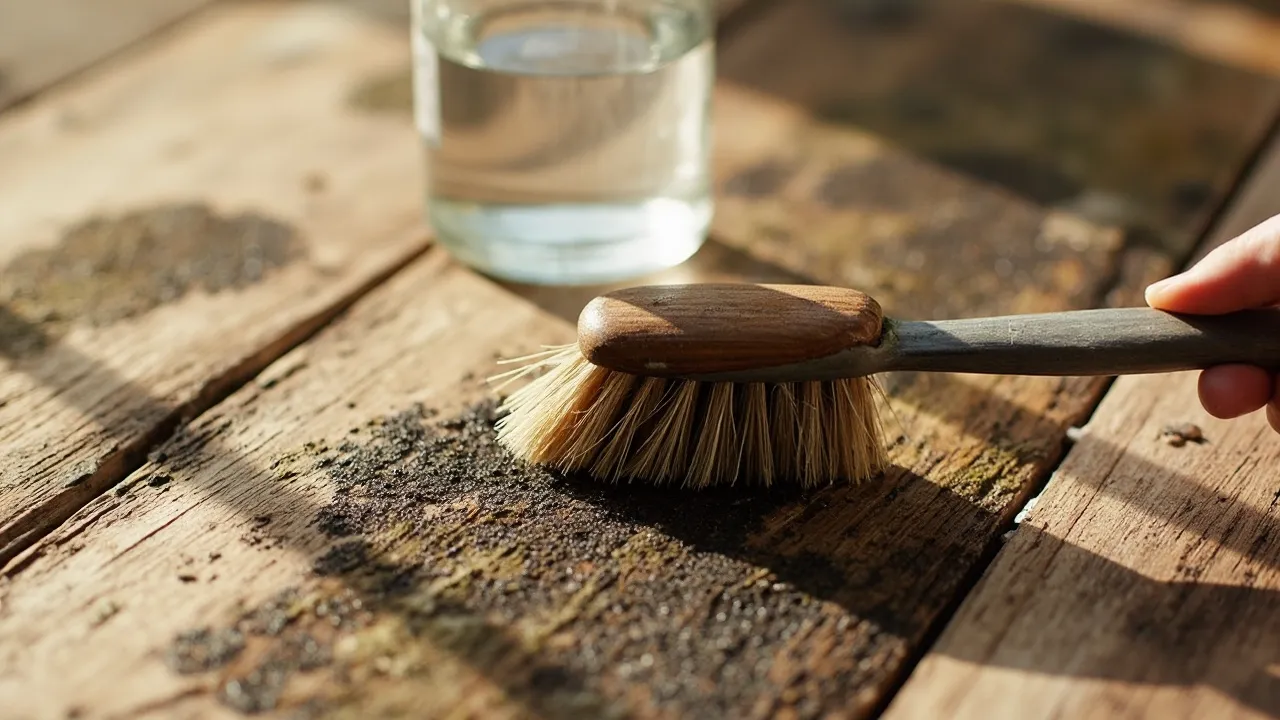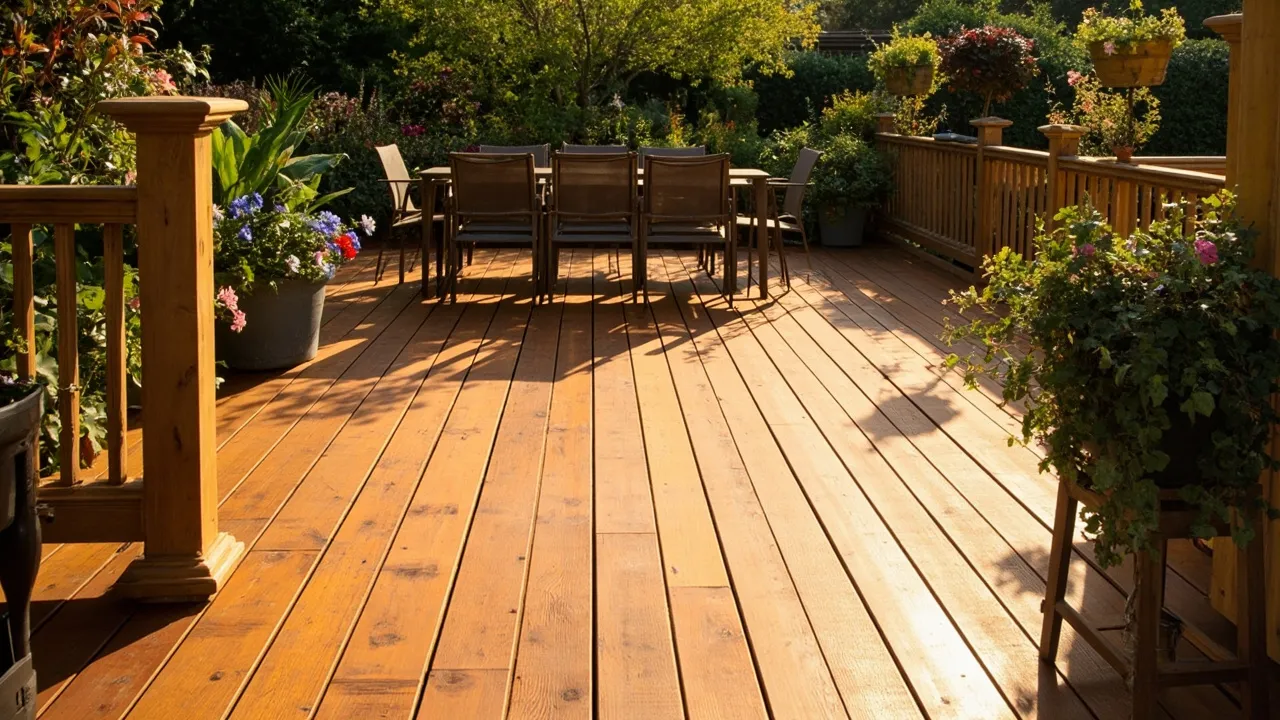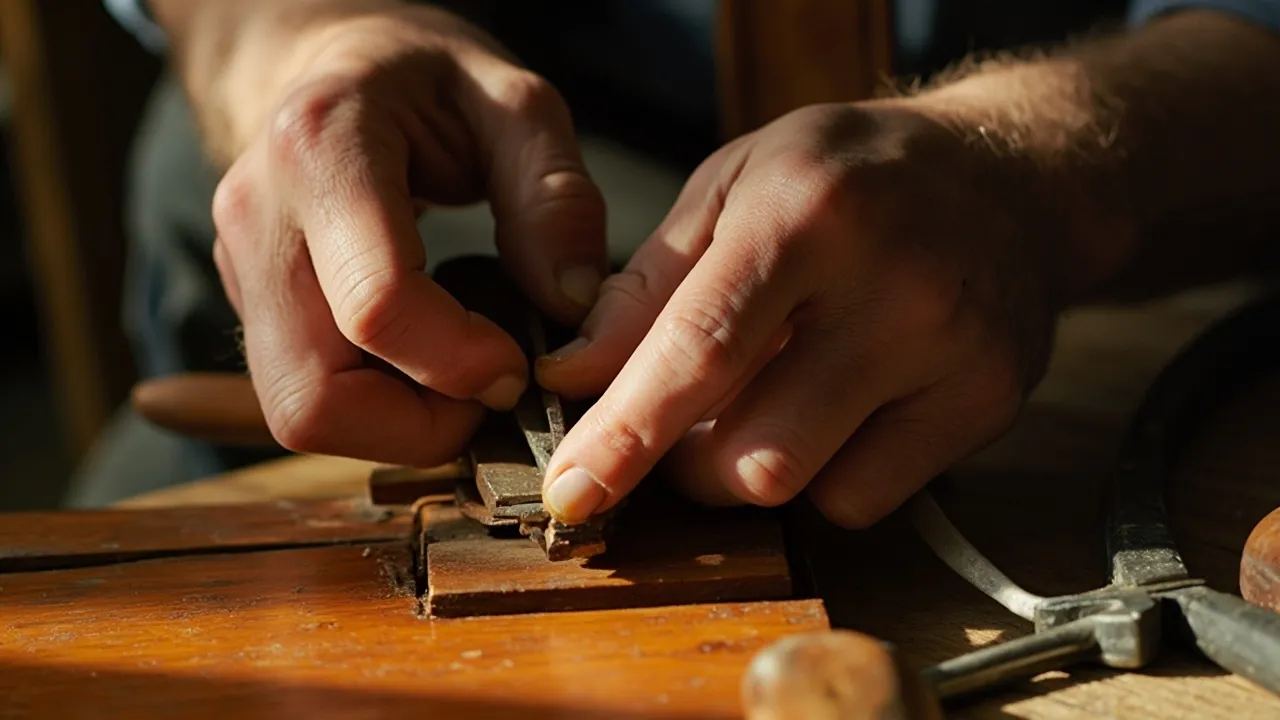The Frustrating Reality of Moldy Wood Odors
We’ve all been there – you open that storage closet or basement corner where you’ve kept wooden furniture, only to be greeted by that unmistakable musty, earthy stench. Whether you’re in humid Houston where mold grows like weeds, dealing with damp New England basements, or facing the unique challenges of Arizona’s monsoon season, removing mold smell from stored wood is a universal struggle.
Table of Contents
As someone who’s restored countless moldy wood pieces (including my grandmother’s cherished cedar chest), I can tell you this: that stubborn odor doesn’t have to be permanent. In this comprehensive guide, we’ll explore:
- The science behind why wood absorbs mold smells
- Step-by-step methods for removing mold smell from stored wood
- Regional solutions tailored to your local climate
- Professional tips to prevent recurrence
Let’s transform that smelly, moldy wood into fresh, usable material again!
Understanding Mold: Why Wood Becomes a Smelly Sponge
Before tackling removing mold smell from stored wood, it’s crucial to understand your enemy. Mold isn’t just surface-level – it penetrates deep into wood fibers, which explains why simple wiping often fails.
The Biology of Mold Growth
Mold reproduces via microscopic spores that float through the air. When they land on damp wood (anything above 60% humidity), they begin growing thread-like roots called hyphae. These roots:
- Digest the wood’s cellulose for food
- Release microbial volatile organic compounds (MVOCs) – the source of that musty smell
- Create colonies visible as black, white, or green spots
Why Wood is Vulnerable

Unlike plastic or metal, wood is hygroscopic – meaning it constantly absorbs and releases moisture from the air. This makes it:
- Perfect for mold growth in humid areas like Florida garages
- Prone to “off-gassing” odors even after cleaning
- Likely to warp or rot if left untreated
Key Insight: When removing mold smell from stored wood, you’re not just cleaning surfaces – you’re treating the wood’s cellular structure.
Step 1: Assessing the Damage – Is Your Wood Salvageable?
Not all moldy wood can be saved. Here’s how to evaluate your pieces before removing mold smell from stored wood:
Visual Inspection Checklist
- Surface Mold: White/green fuzzy patches (easiest to treat)
- Deep Mold: Black stains penetrating the grain (requires aggressive treatment)
- Structural Damage: Soft, crumbly areas indicating rot (may need replacement)
The Sniff Test
- Mild mustiness = Surface-level issue
- Strong earthy odor = Deep contamination
- Ammonia-like smell = Advanced decay
When to Call Professionals
Consider expert help if:
- Mold covers >10 square feet
- You see “white mold” (possibly toxic)
- Wood is part of your home’s structure
Step 2: Deep Cleaning – Removing Mold Smell from Stored Wood

Now for the hands-on work! Here’s my battle-tested method for removing mold smell from stored wood:
Supplies You’ll Need
- Cleaning Agents: White vinegar, Concrobium Mold Control (available at Home Depot), or borax
- Tools: Soft-bristle brush, microfiber cloths, spray bottle
- Safety Gear: N95 mask, nitrile gloves, goggles
The Triple-Action Cleaning Process
- Dry Brushing
- Remove loose spores outdoors
- Use gentle strokes to avoid embedding mold deeper
- Vinegar Treatment
- Mix 1:1 white vinegar and warm water
- Spray generously and let sit 15 minutes
- Scrub with grain using brush
- Borax Rinse (for severe cases)
- 1 cup borax per gallon of warm water
- Wipe down wood to prevent regrowth
Pro Tip: For antique furniture, test cleaners on hidden areas first to prevent finish damage.
Step 3: Odor Neutralization – Beyond Surface Cleaning
After removing mold smell from stored wood, you’ll likely still detect odors. Here’s how to eliminate them completely:
Advanced Odor Removal Techniques
Baking Soda Bomb
- Sprinkle baking soda thickly over wood
- Place in sunlight for 48 hours
- Vacuum residue
Charcoal Absorption
- Place activated charcoal bags around wood
- Replace monthly
Enzyme Treatments
- Products like OdorXit break down odor molecules
- Ideal for smoke-damaged wood
Sunlight Therapy
- UV rays naturally kill mold spores
- Rotate wood every 2 hours for even exposure
Step 4: Prevention – Keeping Wood Fresh Long-Term

The real secret to removing mold smell from stored wood is preventing recurrence. Implement these strategies:
Climate Control Essentials
Humidity Management
- Maintain 30-50% humidity with dehumidifiers
- Use moisture absorbers like DampRid in small spaces
Air Circulation
- Install louvered closet doors
- Use oscillating fans in storage areas
Protective Coatings
- Seal with Zinsser Bulls Eye 1-2-3 primer
- For outdoor wood, use Thompson’s WaterSeal
Regional Solutions for Removing Mold Smell from Stored Wood
Gulf Coast/Humid Climates
- Store wood with cedar blocks to repel insects
- Use marine-grade varnishes for outdoor pieces
Desert Southwest
- Wrap wood in breathable fabric to prevent dust absorption
- Avoid storing near evaporative coolers
Pacific Northwest
- Apply borate treatments before storage
- Use plastic pallets instead of wood
FAQ: Removing Mold Smell from Stored Wood
Q: Will bleach remove mold smell from wood?
A: Bleach only surface-cleans. For deep removing mold smell from stored wood, use vinegar or borax solutions.
Q: How long until the smell is completely gone?
A: Allow 2-4 weeks for odors to fully dissipate after treatment.
Q: Can essential oils mask mold smells?
A: Oils temporarily cover odors but don’t eliminate spores. Always clean first.
Final Thoughts
Successfully removing mold smell from stored wood requires patience and the right techniques. By following this comprehensive guide – from initial assessment to preventive measures – you can rescue cherished wood items and keep them fresh for years.
Remember:
✔ Act quickly at first mold detection
✔ Combine cleaning with odor neutralization
✔ Adapt solutions to your local climate
Now it’s your turn! Which method will you try first for removing mold smell from stored wood? Share your experiences below!







